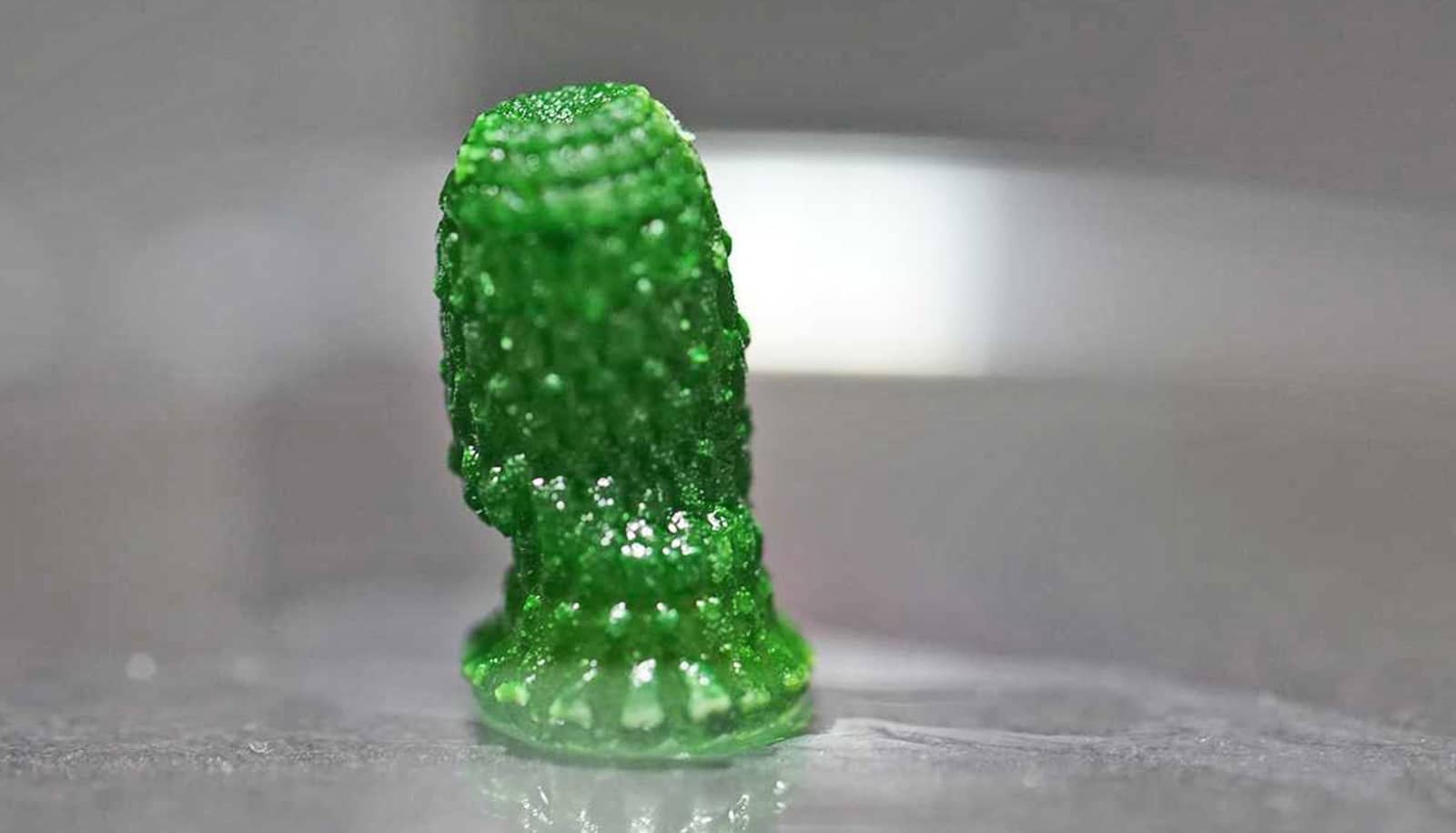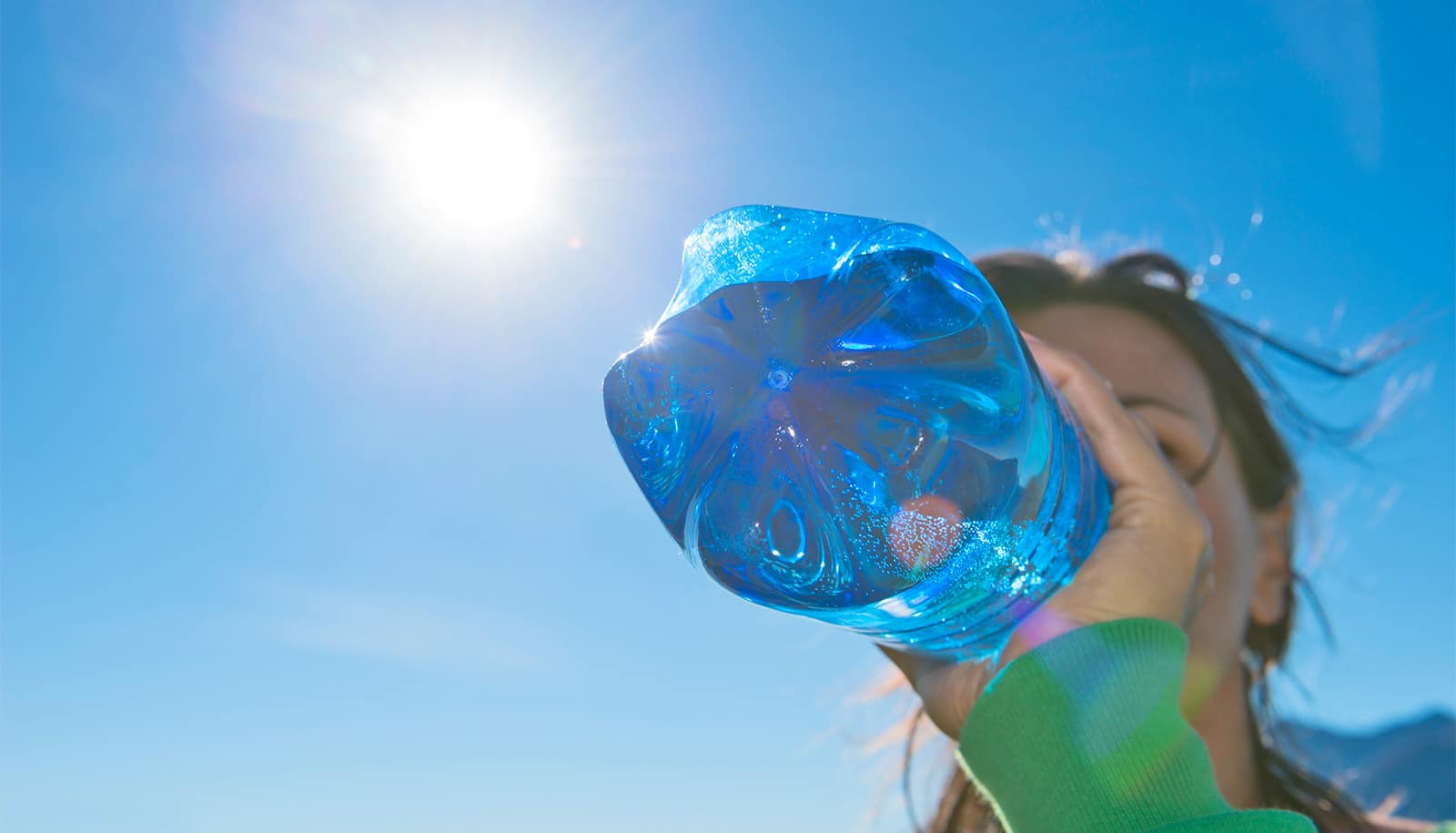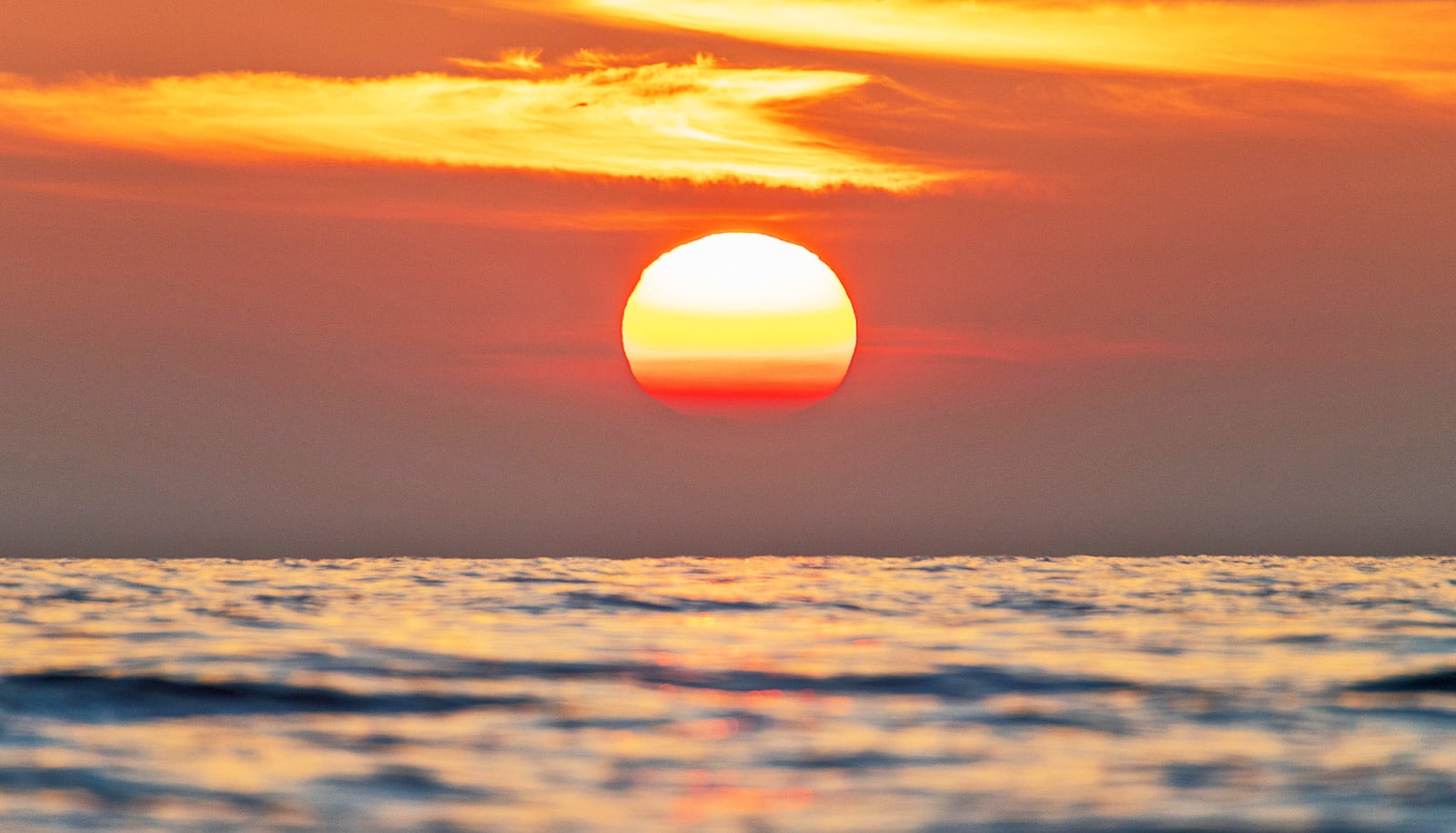A solar-powered distillation unit could desalinate water in arid coastal areas where wells are so depleted that seawater leaches into the freshwater supply.
The prototype can distill 150 liters (40 gallons) of water per day and can scale up to 3,000 liters (793 gallons). That’s equal to five truckloads of fresh water and a much more eco-friendly solution to the problem of insufficient access to fresh water, says Jose Alfaro, an assistant professor at the University of Michigan’s School for Environment and Sustainability.
“We developed this product with a particular community in mind, but we realized that it would be good for a number of communities,” he says.
Circular economy
The researchers designed the system for Tastiota, a small village in the Sonoran desert, which had been trucking in its water from a source 100 kilometers (62 miles) away.
After distillation, what’s left is brine that can be converted to salt and sold to other businesses nearby, creating a circular economy.
Other markets for the desalination unit include the global sunbelt located several degrees above and below the equator and hotels in coastal communities, Alfaro says.
“Hotels could use this to reduce their impact on the areas they are serving. A lot of the locations of these hotels are in fragile basins at risk of getting saline intrusion.”
Sustainable solution
Alfaro and Iulia Mogosanu, who graduated in the spring with an MBA, and Pablo Taddei, who graduated with a master’s degree in sustainable systems in 2017, wanted to create a sustainable solution to water scarcity issues in coastal communities where arid conditions, rising temperatures, and decreased precipitation due to climate change exacerbate the problem.
Over the past year, the team developed a proprietary process to remove salt from local water sources by leveraging solar radiation to power an innovative desalination technology. Early analysis indicates that the combination of concentrated solar power and single-stage distillation will provide a cost-effective and easy solution to water scarcity issues.
What makes this solution truly sustainable is the business component, the researchers say. This technology results in both a sellable byproduct, by processing brine into salt, and an improved capacity for coastal fishers to bring their catch to larger markets. This significantly improves the technology’s financial viability and provides a true market solution.
Device makes clean water with paper and sunlight
Taddei is a native of Hermosillo County in Mexico—a region that is along the Sonora coast. Hermosillo, as with many coastal communities, has been experiencing severe water scarcity due to saline contamination of the wells, which low precipitation makes worse. Taddei was interested in finding a sustainable solution to this problem and began probing ideas that would desalinate the abundant source of ocean water.
“I realized that the potential of such a solution had far-reaching implications globally. It was clear to me that the commercial potential of this idea was scalable to different conditions in different regions of the world,” Mogosanu says.
Mat ‘baits, hooks, and destroys’ pollution in water
Alfaro traveled to Costa Rica last month to determine if there were communities that might benefit from the distillation unit. Working with a United Nations official, he plans to run a pilot program on a small island there where water arrives by boat.
To work, the area needs direct sunlight, a good governance system around the water that would run the desalination units after initial set up, and a need for potable water. The team also plans to market to communities in West Africa, Lima, Peru, and along the coast in Chile.
Source: University of Michigan



